|
General History of Barbados page1 |
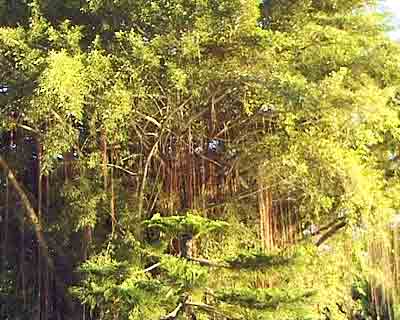 |
Snippets of History How did Barbados get it's name? It seems more than likely that it was named by Portuguese sailors, led by the explorer Pedro a Campos in 1536, who thought that the hundreds of bearded fig trees that fringed the coast looked from a distance like giants with beards so they named the island Los Barbados meaning “bearded-ones”. It's also probable that he introduced pigs to Barbados with the intention of using them as a food source on return voyages |
| Barbados
Parliament Over 350 years old, surpassed only by Bermuda and Britain, these buildings contain the history of the Barbadian system of Government which is the third oldest political system within the Commonwealth. Completed in 1874, a masterpiece of Gothic Architecture, built of local coral limestone, strategically placed in the heart of our Capital, Bridgetown, these buildings house the House of Assembly and the Senate. |
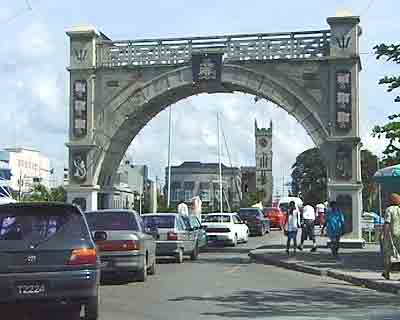 |
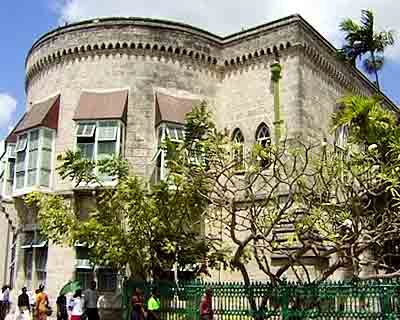 |
A tower was erected in the East Wing
to accommodate a clock and a peal of bells. The clock and bells were
made by an English firm, B. R. and T. Moore. They were installed by
Messrs. Bayley, Findlay and Chaderton, a local firm. In 1884, the clock
tower was taken down from the East Wing where it had sunk in silted sand
because the sub-soil beneath it was not firm enough to support the weight
of the structure. |
|
During late 1885 into early 1886,
the clock and bells were relocated to their present position in the West
Wing. |
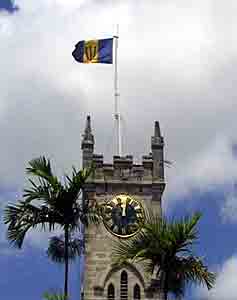 |
 |
Very soon after his victory and subsequent death at Cape Trafalgar in
1805, plans began to honour Nelson’s memory. Locals proudly believed they
were the first to put up such a monument, however they were in fact the
third, after Montreal and Birmingham. Sculpted from bronze by Sir Richard Westmacott, who is called, "the first castor of
bronze in the Kingdom", it is considered an excellent likeness of the British Admiral. Lord
Nelson faces into Trafalgar Square. |
|
Landship Girls in the
Square |
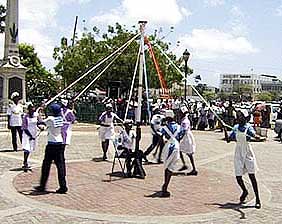 |
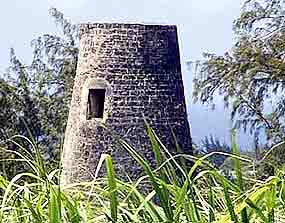 |
Sir Frank Hutson
Sugar Museum and Factory |
|
Activities
Barbados
Beaches
Calendar
Diving
Ecology
Exploring
Fun Facts
Geography
History
Home
Hotels
MDDM
Restaurants
& Nightlife
Tourism
Transport |